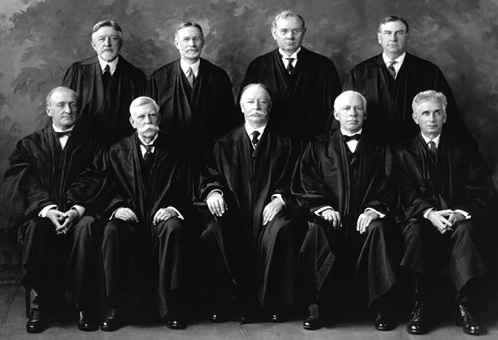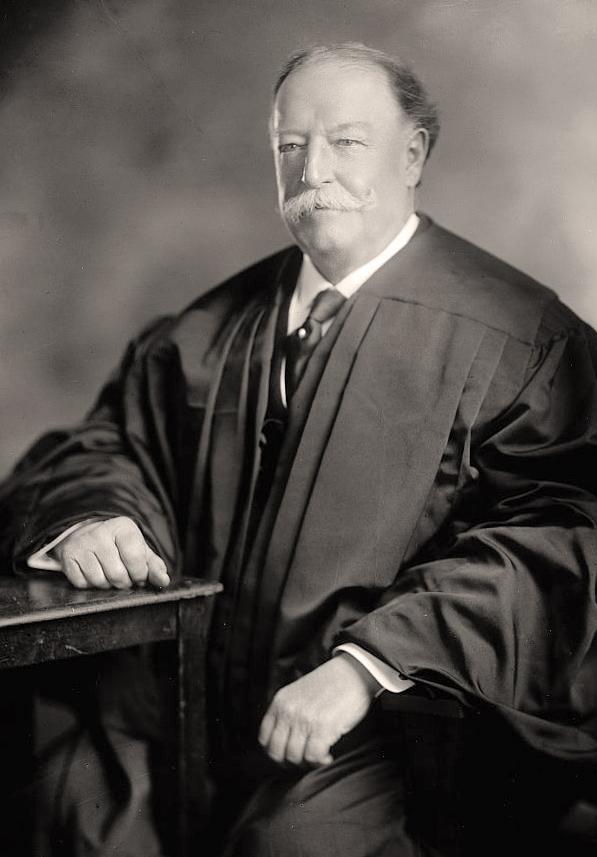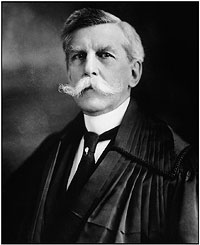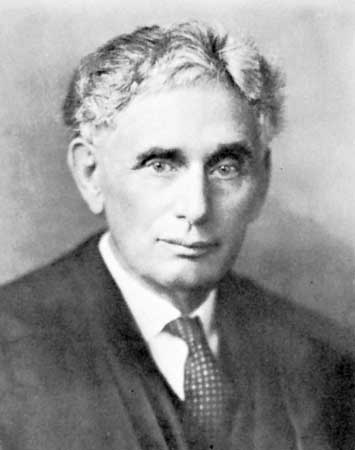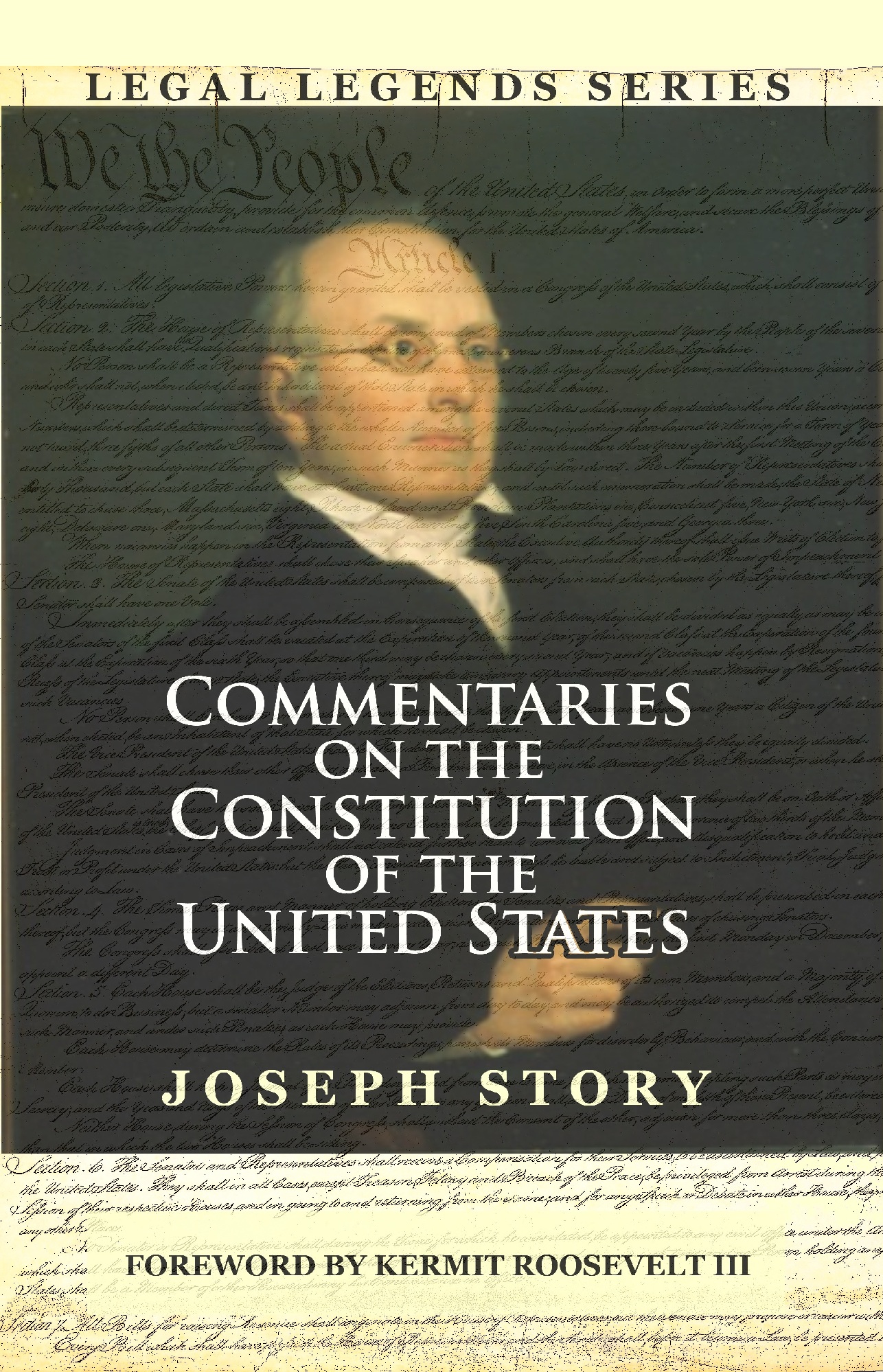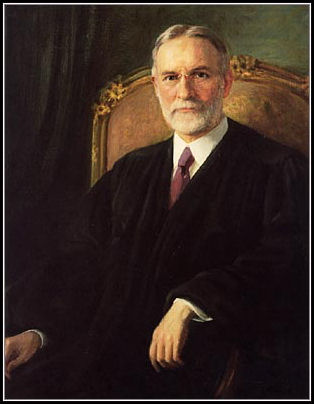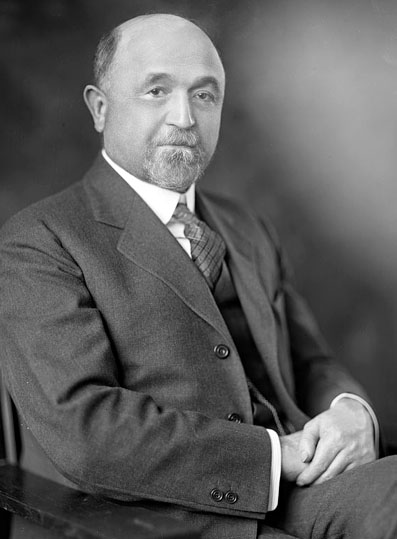The lecture notes are here.
The Executive Power I – The Appointment and Removal Power
- The Executive Power – Article II (296-297).
- Notes (306-308).
- The “Removal” Power (348-351).
- Myers v. United States (351-366).
- Humphrey’s Executor v. United States (366-370).
- The Appointment Power (334-335).
- National Labor Relations Board v. Noel Canning
This video from the HBO Miniseries John Adams aptly summarizes the debate in the first Senate about whether Congress could place limitations on the removal power. Note the Senators explain that Adams’s vote only matters in case of a tie. Indeed the vote tied 10-10, and Adams cast the tie breaking vote as President of the Senate.
The majority opinion Myers v. United States was authored by Chief Justice William Howard Taft, who had previously served as President of the United States (the only person to serve in both offices). Taft is in the first row in the middle. One dissent was authored by Justice Brandeis (first row, first on the right), who was the first Jewish Justice appointed to the bench. The other dissent was penned by Justice Oliver Wendell Holmes (first row, second from left). The other dissent was by Justice James McReynolds (first row, first from the left).
This is Justice Taft, who had the second-nicest mustache on the Court.
This is Justice Oliver Wendell Holmes, who had the nicest mustache on the Court.
This is Justice Louis Brandeis.
Justice Joseph Story, who served on the Supreme Court from 1811-1845, published in 1833 his commentaries on the Constitution, that offered explanations for many constitutional questions.
This is Justice George Sutherland, one of the “Four Horsemen” who opposed President Roosevelt’s agenda, who authored Humphrey’s Executor v. United States.
This is William E.Humphrey, who served as the commissioner of the FTC, and who was removed by President Roosevelt.
This is the video of the Senate’s pro forma session on January 4, 2012. It begins at 1:30, and lasts roughly 30 seconds.
